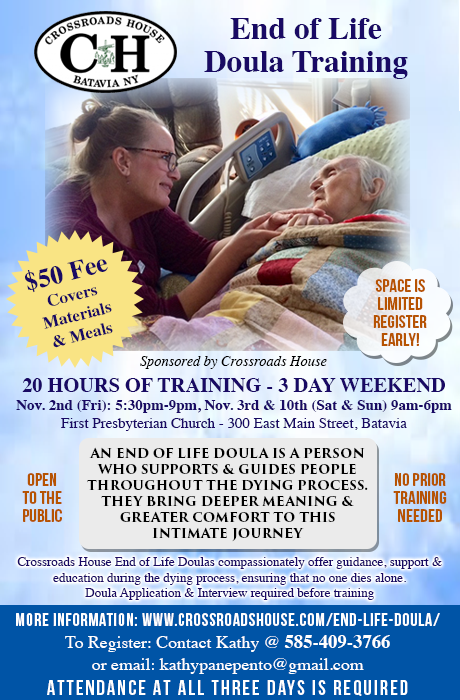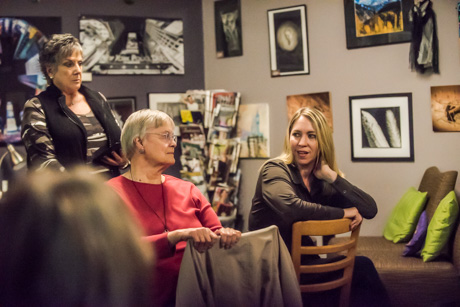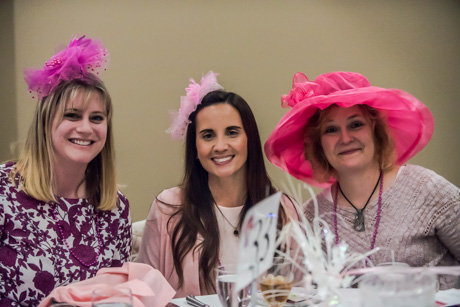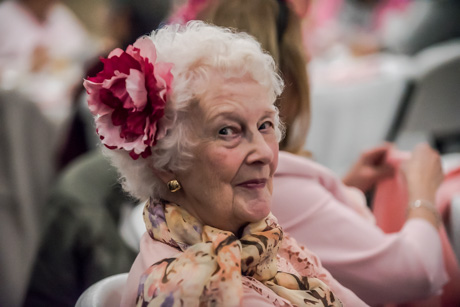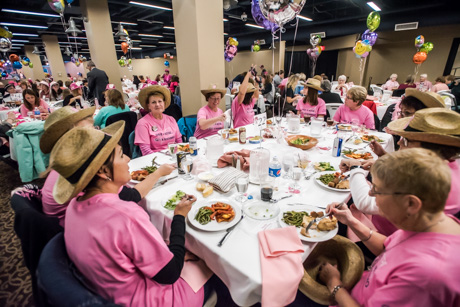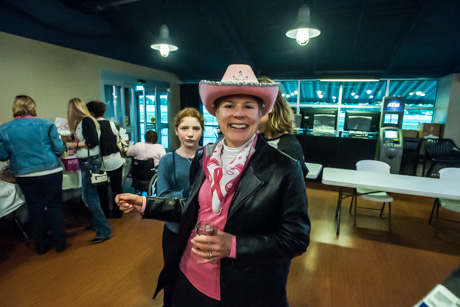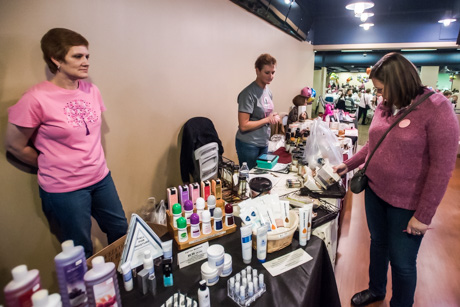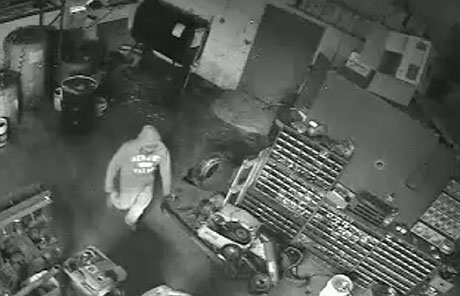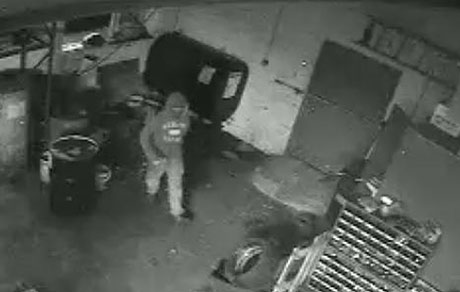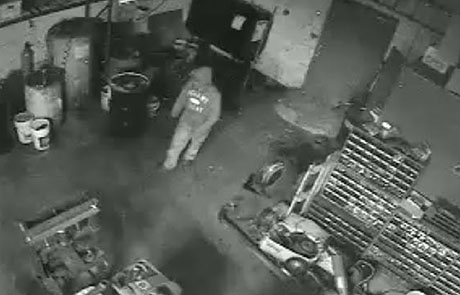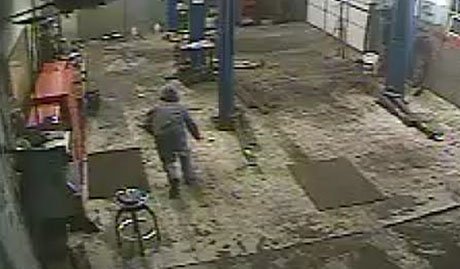Photo of two additional dogs that Welch had. Both are at the county animal shelter.
Suspected puppy abuser Brandon Welch made his first court appearance yesterday afternoon since his arrest Oct. 18.
The 23-year-old, who lives in an apartment on East Main Street in the city, was granted bail at his preliminary hearing.
It was requested by his private counsel, Frank Ciardi, on the misdemeanor charges of falsely reporting an incident in the third degree (for claiming he found the starving puppy); torturing/injuring/not feeding an animal; and owning/harboring an unlicensed dog.
Ciardi, whose criminal defense practice is based in Rochester, advocated his client's suitability for bail by noting that Welch has no criminal history, he's lived here two years and was employed in Churchville at the time of his arrest.
To Ciardi's right stood his diminutive client, silent and stoop shouldered; shackled and wearing orange jail uniform, with his head nearly shorn bald and his brown beard neatly trimmed.
City Court Judge Robert Balbick set Welch's bail at $5,000 cash or $10,000 bond, which was not opposed by First Assistant District Attorney Melissa Cianfrini.
The question of bail for the Class D felony charge of making a terroristic threat was deemed null and void after two witnesses could not get here in time to testify. The charge was brought after investigators learned that the defendant allegedly said he would shoot the next cop who came to his home.
Two female witnesses were to be served with orders of protection from Welch, subpoenaed and brought from the "other side of the state" to Batavia to testify about the threat they allege Welch made against law enforcement. That failed to happen by 11:30 a.m. yesterday.
As of the day before -- Tuesday afternoon -- Welch's case was docketed for 1:30 p.m. Wednesday. Yet the pair of witnesses was apparently scheduled to give statements earlier -- in the morning -- and the deadline could not be met.
The first district attorney said not only were orders of protection requested, and subpeonas sought, but the people requested all of Welch's firearms to be turned over; she was concerned that only two of three known weapons were recovered in Welch's apartment by law enforcement after they got a search warrant.
Judge Balbick said there was no order on file concerning the firearms.
Cianfrini said she had supporting depositions showing that the defense was asked to turn over all weapons and ammunition.
"He freely handed over the weapons he had there," replied Ciardi.
But a third weapon, a rifle which Cianfrini referred to as a "30-'ott'-6" -- which is a caliber, a size of cartridge (.30-06) that is used in various kinds of weapons and is powerful enough to take down a moose -- was not recovered.
The rifle and ammo were missing and a rifle case was "found empty," she said, adding that this made the people uncomfortable because Welch had been seen in possession of the rifle.
Ciardi then asked: "Why would he turn over two weapons and not all three?"
He added that if Welch is released -- he makes bail -- he will advise him to turn over all weapons.
To ensure their costs are covered, a security bond application was filed with the Genesee County Sheriff's Office by Animal Control to recoup costs to shelter, feed and care for Welch's pets.
An emaciated 9.2-pound pit bull mix pup now known as "Opal" was brought to Batavia Police after it was found in Stafford Oct. 4. A tipster later led police to Welch.
Three other animals in his care were subsequently seized from Welch's home: a bearded dragon lizard, which, like Opal, is now in foster care; and two other mixed breed dogs, which Welch told Judge Balbick are part boxer and part German shephard, respectively. The canines appear healthy, albeit lean, and are at the shelter. They have an eager-to-please, energetic disposition.
Under Article 26 of the state Agriculture and Markets Law, the shelter is eligible to be reimbursed at a rate of $10 per animal per day for any seized animal in its custody, plus vet bills. Vet bills in Welch's case to date stand at $837.38 and counting.
The bond application sought was for more than $4,500, according to Animal Control.
Because Welch forfeited ownership of all four creatures, repayment for costs incurred and vet bills will not be sought and the security bond application was vacated.
Welch's next city court date is 1:30 p.m. on Tuesday, Oct. 30, for discovery on the misdemeanor counts and pre-trial motions.
Inset photo above right: This is an example of the kind of lizard -- a bearded dragon lizard -- Welch kept before relinquishing ownership Wednesday. It is not a picture of the one that belonged to Welch.





